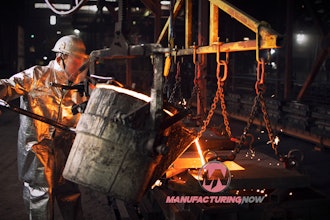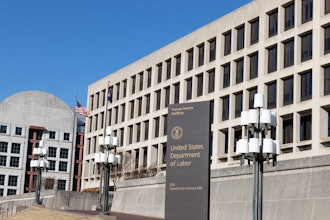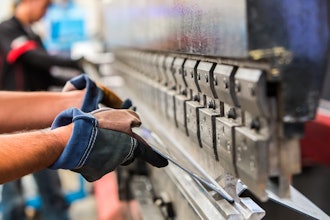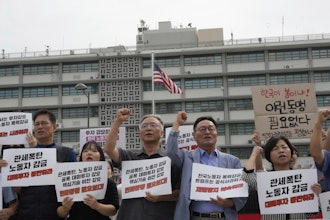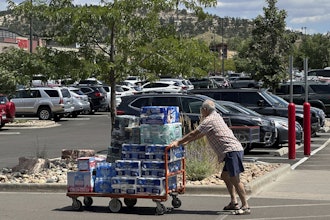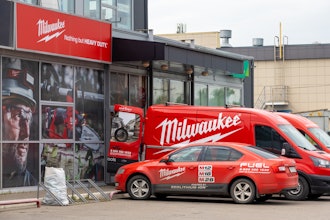Upon returning to the office, I did some research on wind power. It appears that the food industry, however, is already steps ahead of me.
Wind power has innumerable benefits because it is a clean fuel that does not generate any air or water pollution. Developing wind power can help lessen our dependence on “dirty” – not to mention costly – fossil fuels. In addition, experts estimate that wind power could potentially generate three times the electricity generated in the U.S. today.
But wind power isn’t as simple as setting up a few windmills out back behind your plant – enter the controversial part of the discussion. Major players in the food industry, such as Whole Foods, Starbucks, Horizon Organic and PepsiCo bottling companies, are purchasing renewable energy credits (REC’s) from wind farms in order to offset the electricity their companies consume. In 2006, Whole Foods went as far as to sell “wind power cards” to consumers, so they too, could play their part in helping the environment.
In its most basic form, a REC is a credit issued by a wind farm to track the exact amount of power created. A credit represents proof that 1 megawatt-hour (MWh) of electricity was created from wind. There are numerous REC suppliers offering these credits, and like most businesses, some are bound to be more legitimate than others. In its purest form, the credit is a limited commodity, audited and verified by a third-party. Because wind power isn’t exactly a tangible commodity (you can’t gift wrap electrons), these REC’s allow consumers and businesses to play their part in supporting clean energy.
Green-conscience companies have been purchasing these credits for years, but it was the Whole Foods wind power cards that brought the concept into the public eye and started an online blog-frenzy over the legitimacy of REC’s. Regulation causes the most skepticism, understandably so, as it is difficult to prove that your specific dollars lead directly to an actual development. The possibility of incorrectly counting and/or tracking purchased REC’s is also a concern, but to combat this some suppliers have started assigning unique ID numbers to REC’s. Overall, REC-suppliers have done a good job of clarifying and more importantly, producing undeniable results in the field of wind power.
Like most green initiatives, this alone won’t solve our environmental crisis. REC’s are just one piece of a huge sustainability puzzle and definitely not an excuse to abandon other energy efficiency efforts. The decision to purchase REC’s, like the decision to purchase anything else for your company, should involve a thorough research of suppliers. In the end, REC’s should prove to be another effective tool in our sustainability arsenal.
To share your comments about this article, please send an e-mail to Karen Langhauser, Editor-in-Chief, at [email protected].












